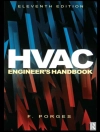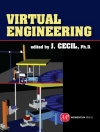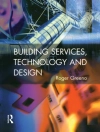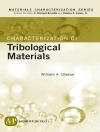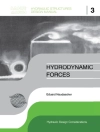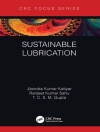This overview of the development of continuum mechanics throughout the twentieth century is unique and ambitious. Utilizing a historical perspective, it combines an exposition on the technical progress made in the field and a marked interest in the role played by remarkable individuals and scientific schools and institutions on a rapidly evolving social background. It underlines the newly raised technical questions and their answers, and the ongoing reflections on the bases of continuum mechanics associated, or in competition, with other branches of the physical sciences, including thermodynamics. The emphasis is placed on the development of a more realistic modeling of deformable solids and the exploitation of new mathematical tools. The book presents a balanced appraisal of advances made in various parts of the world. The author contributes his technical expertise, personal recollections, and international experience to this general overview, which is very informative albeit concise.
Содержание
Preface.- 1. The land clearers and the “classics”.- 2. Transition to the 20th century.- 3. Rheology and nonlinear elasticity.- 4. The ASME spirit.- 5. Axiomatization and thermo-mechanics.- 6. The British school of elasticity, plasticity and defects: Applied mathematics.- 7. The French masters.- 8. The Polish strength.- 9. German revival in continuum mechanics after WWII.- 10. European miscellanei and Asia.- 11. The Soviet and Russian schools.- 12. Continuum mechanics and electromagnetism.- 13. Generalized continuum mechanics: Various paths.- 14. Configurational mechanics.- 15. Relativistic continuum mechanics: A 20th century adventure.- 16. Epilogue.- Appendix: Selected biographies of mechanicians.- Index.


